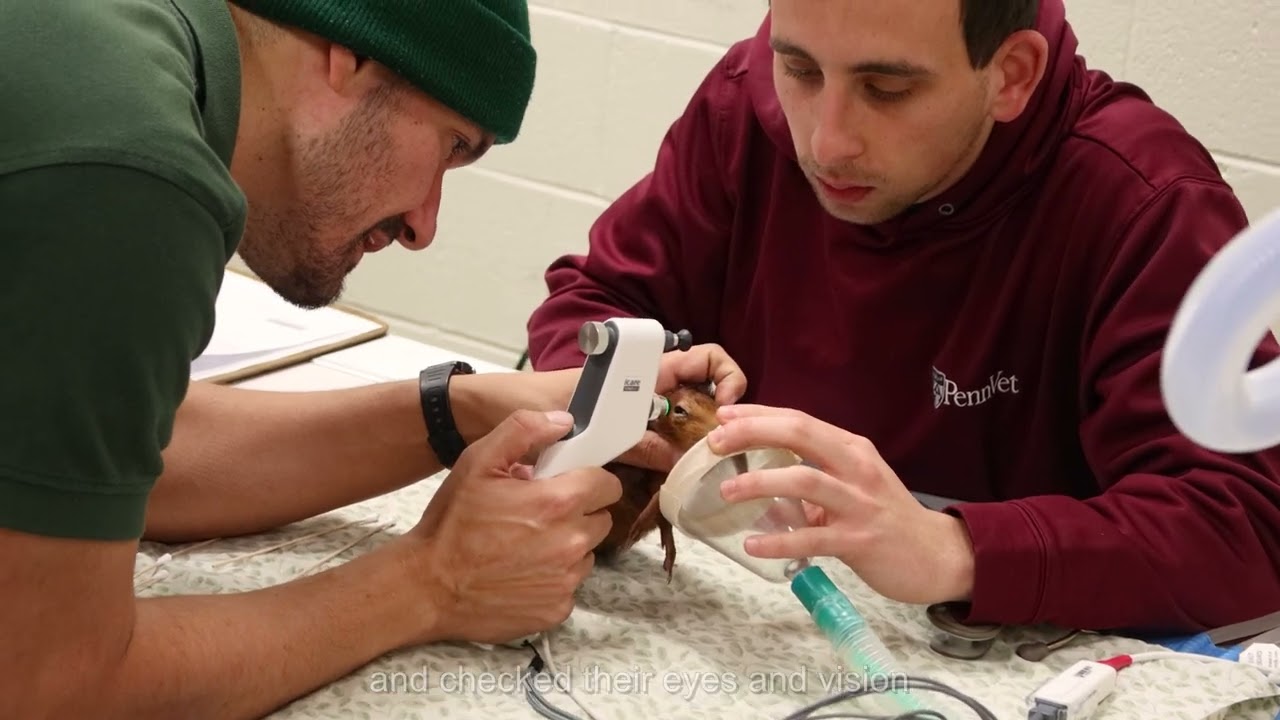- Exploring the significance of veterinary care in wild and fictional creatures through Gonzo and Snuffleupagus’ first veterinary visit
- Understanding the adaptations and anatomical peculiarities of unique characters in educational programming
- Highlighting the crucial role of environmental conservation and animal welfare in modern zoology practices
- Examining how fictional accounts of animal care can influence public awareness and empathy toward wildlife conservation
In the fascinating intersection of zoology, zoo management, and wildlife conservation, the concept of veterinary care extends beyond the confines of real-world fauna. The portrayal of Gonzo and Snuffleupagus’ first veterinary exam provides a compelling narrative to explore the broader implications of animal health, environmental stewardship, and educational outreach. For creatures that captivate the imagination of audiences, understanding their healthcare needs offers an enriching perspective on the care of all living beings, linking fictional narratives to the principles of zoological science and conservation efforts.
Veterinary care for animals, real or imagined, is fundamental to their well-being. Through the lens of Gonzo and Snuffleupagus’ first visit to the vet, one can appreciate the nuances of diagnosing and treating non-standard anatomy and health conditions. These characters, beloved by fans for their distinctive traits, are an engaging framework to discuss the challenges veterinarians face when encountering rare or unfamiliar species. This scenario underscores the importance of a broad knowledge base and adaptability among veterinary professionals. These qualities are essential in real-world conservation work where species often defy expectations regarding behavior and health requirements.
Moreover, presenting these characters in scenarios concerning their health and well-being accomplishes more than mere entertainment. It is a vehicle for public education, subtly weaving lessons on empathy, the importance of healthcare, and the fragility of life into the fabric of popular culture. This approach demystifies the veterinary profession and illuminates the diverse needs of animals, encouraging a compassionate view of wildlife and an understanding of the intricate care that goes into preserving their health.
Environmental conservation and animal welfare are increasingly recognized as paramount societal concerns. The depiction of Gonzo and Snuffleupagus engaging with veterinary professionals offers a narrative pathway to discuss these issues. It emphasizes the critical need for habitats that support the natural behaviors and health of animal populations, whether they reside in the wild, in sanctuaries, or in zoos. This storyline can foster a deeper awareness of each individual’s role in supporting conservation efforts, from reducing habitat destruction to participating in or supporting preservation initiatives.
Fictional accounts of animal care, such as Gonzo and Snuffleupagus’ veterinary visit, are pivotal in molding public perception and empathy towards animals. They provide relatable and often heartwarming insights into the needs and care of creatures that, while fictional, represent the myriad species with which we share our planet. By identifying with beloved characters, audiences can reflect on humans’ moral and ethical responsibilities towards all living beings. This, in turn, can mobilize public support for wildlife conservation programs, underscore the value of biodiversity, and inspire future generations to uphold the principles of environmental stewardship.
In analyzing Gonzo and Snuffleupagus’ first veterinary exam, one can glean valuable lessons that extend far beyond the scope of fictional storytelling. This account offers an accessible entry point to discuss broader themes in zoology, such as the challenges of exotic animal care, the importance of conservation efforts, and how public perception of these areas can be shaped through media and educational programming. By engaging with these themes, the narrative serves to entertain and educate and inspire action toward preserving our natural world and its inhabitants.
*****
Source Description

